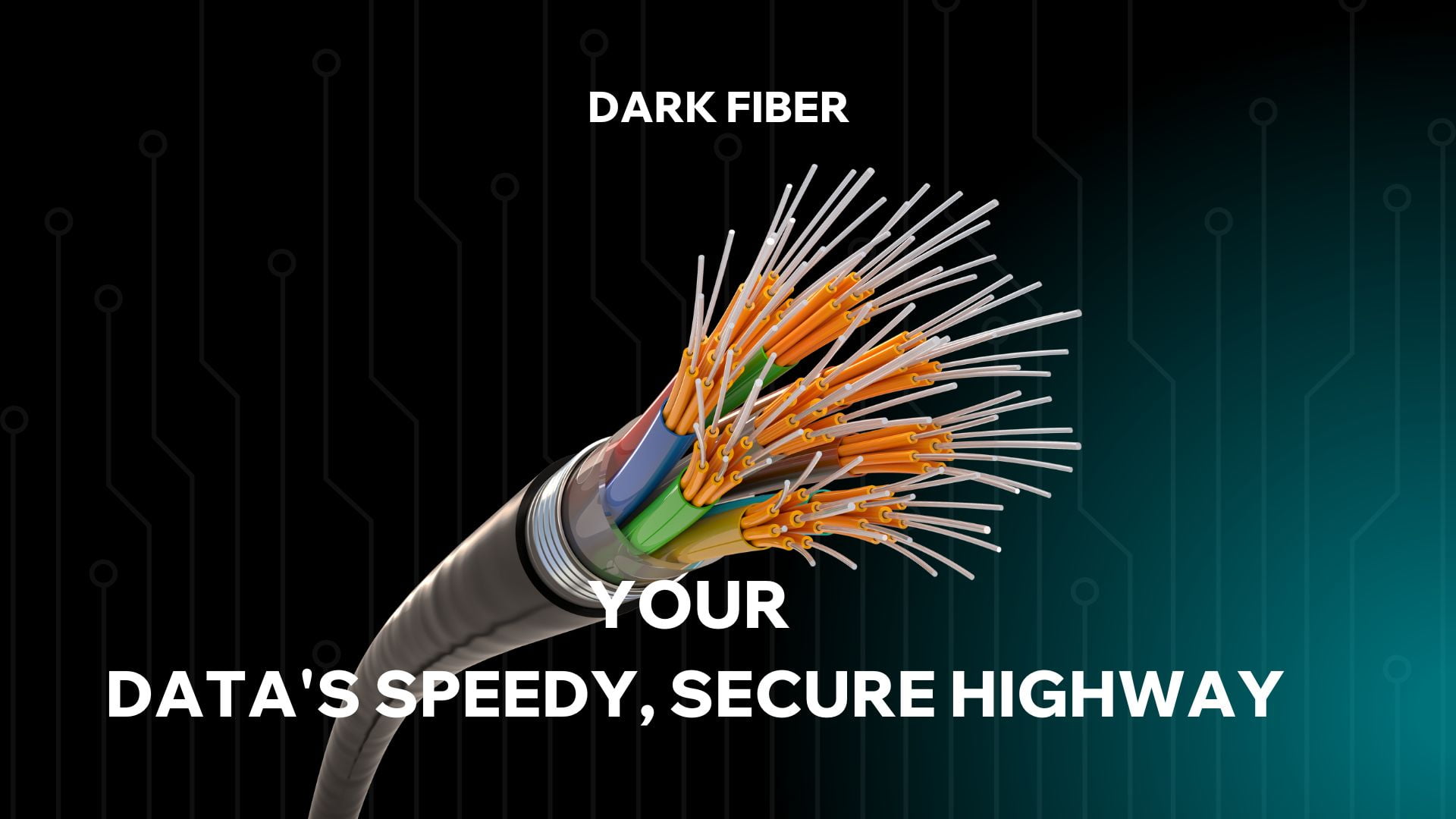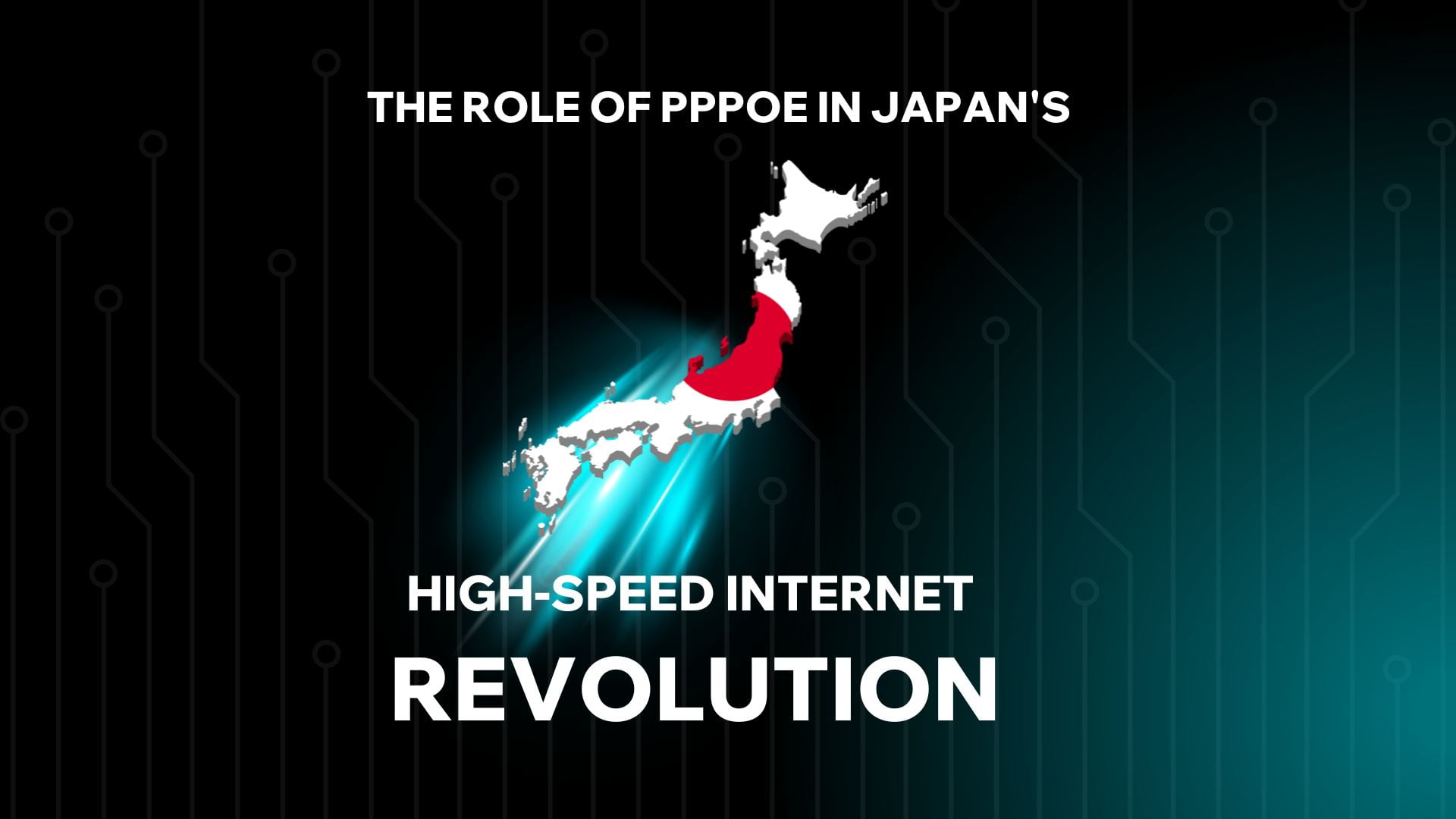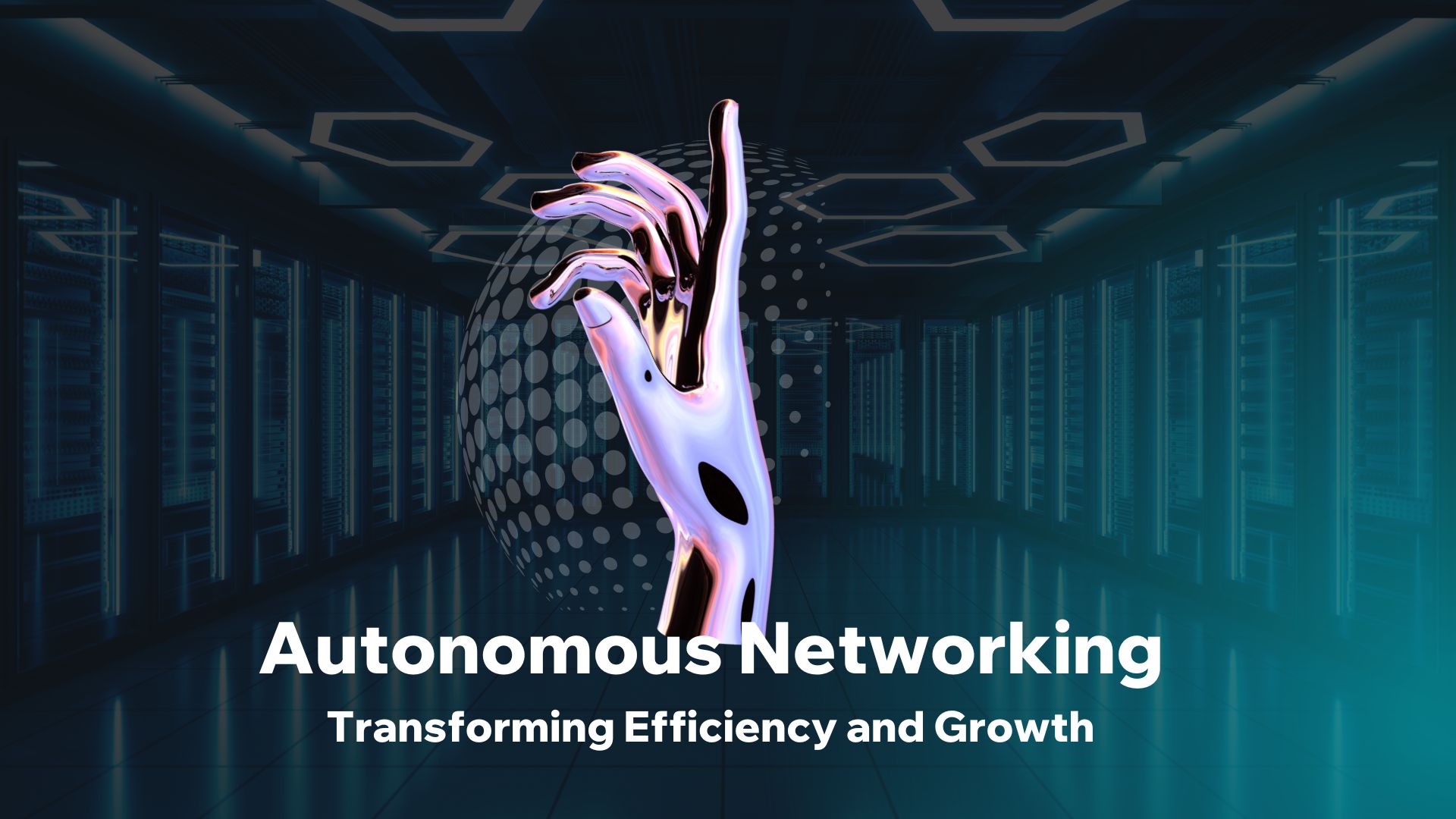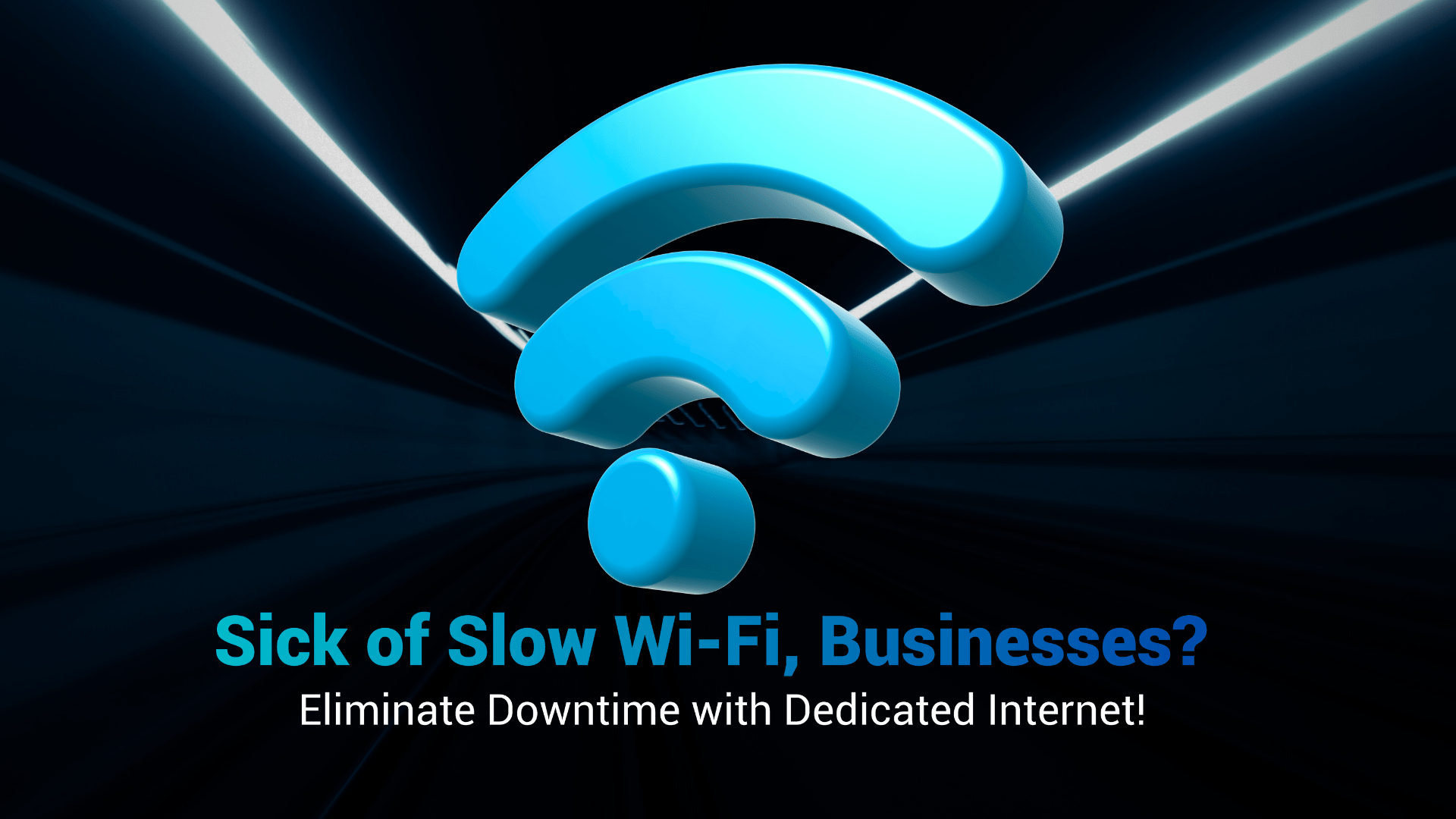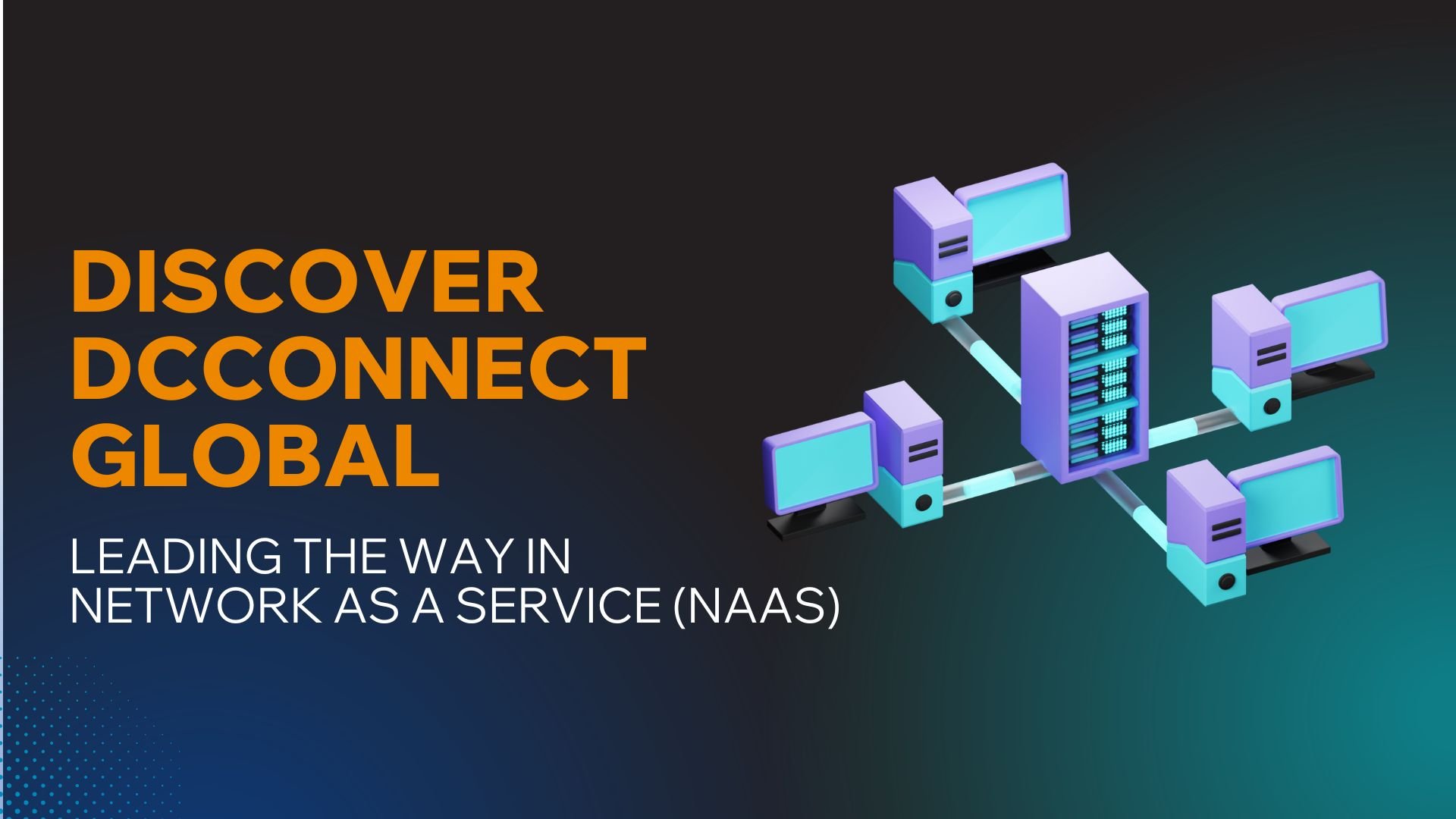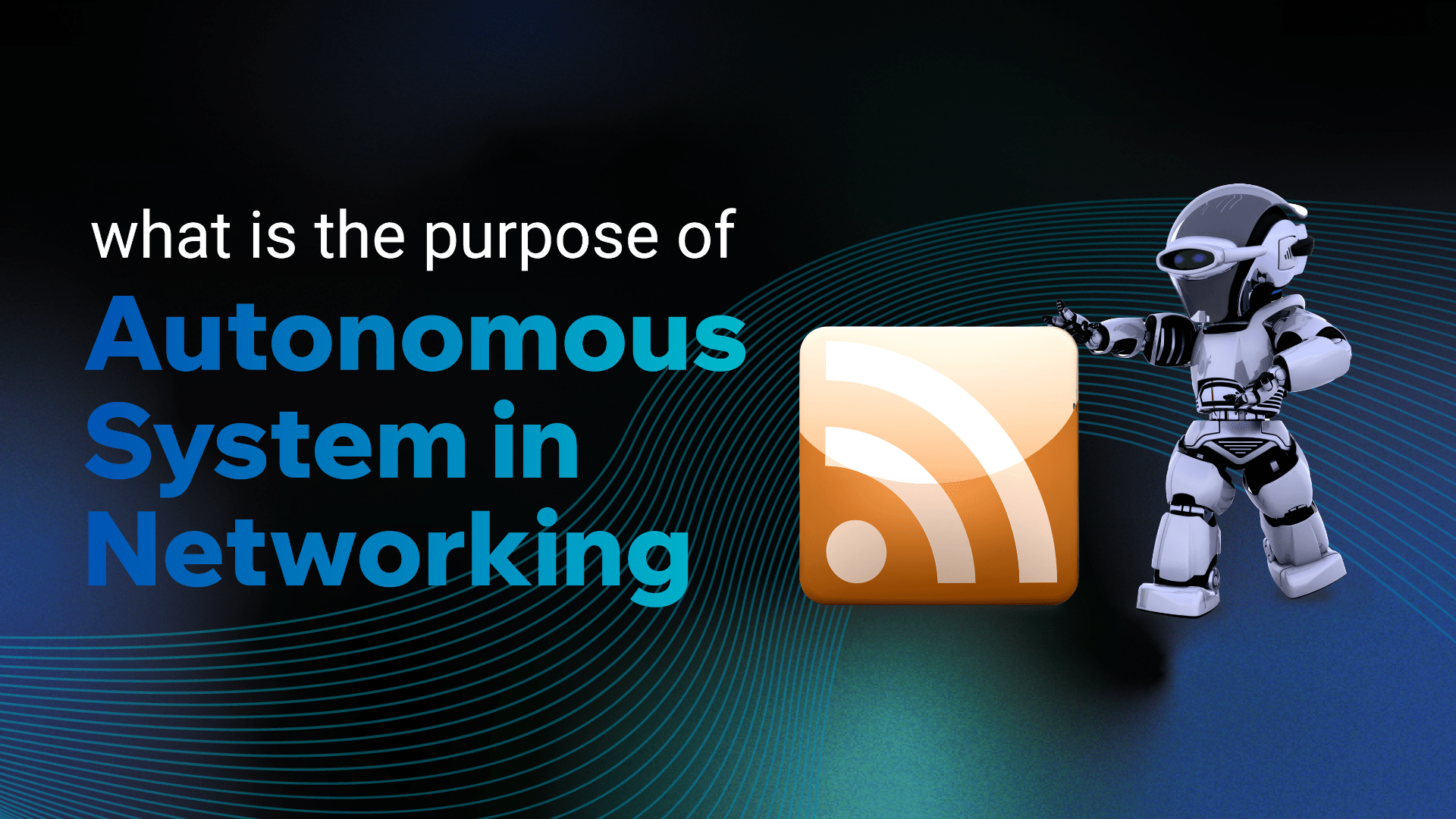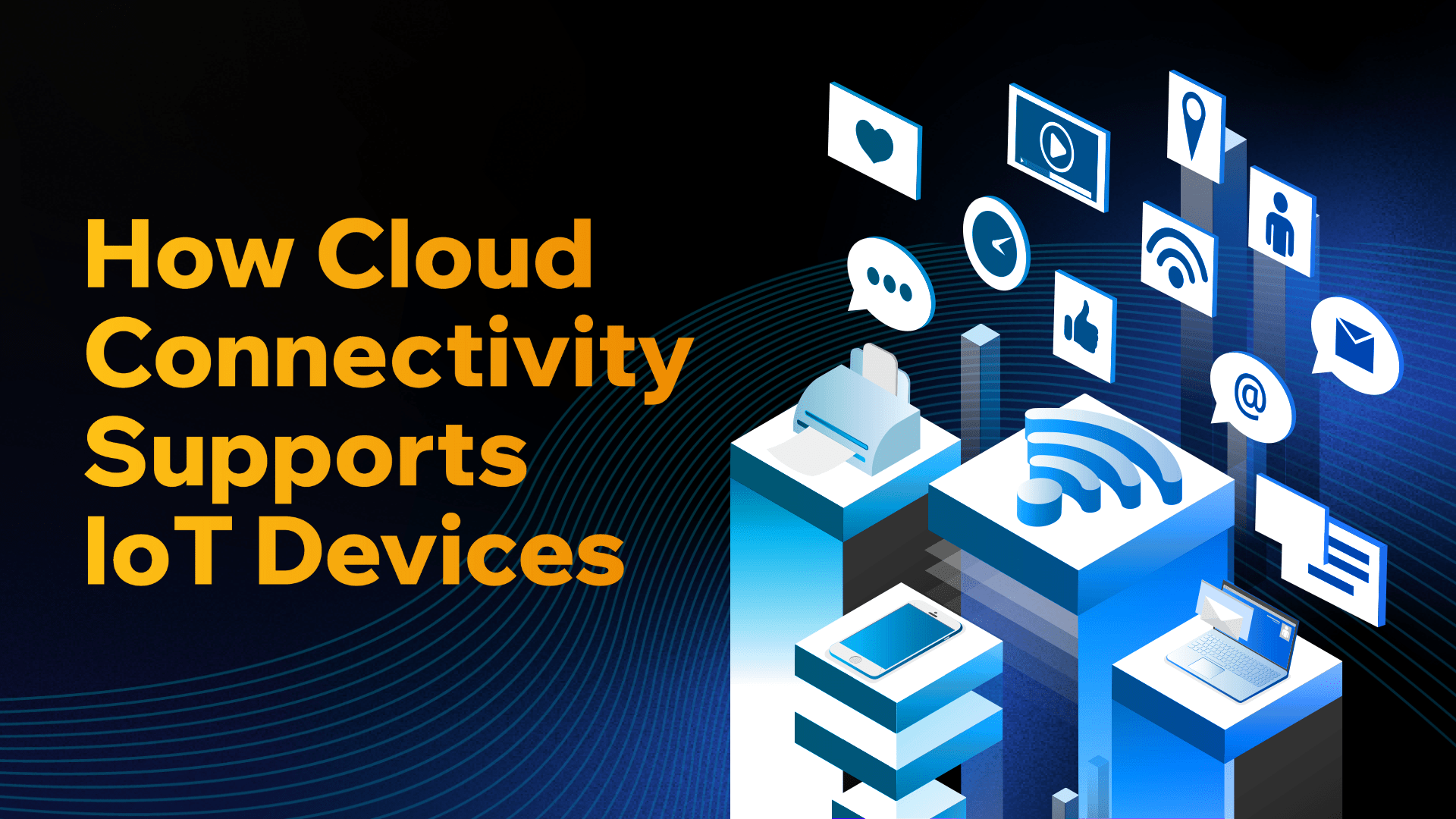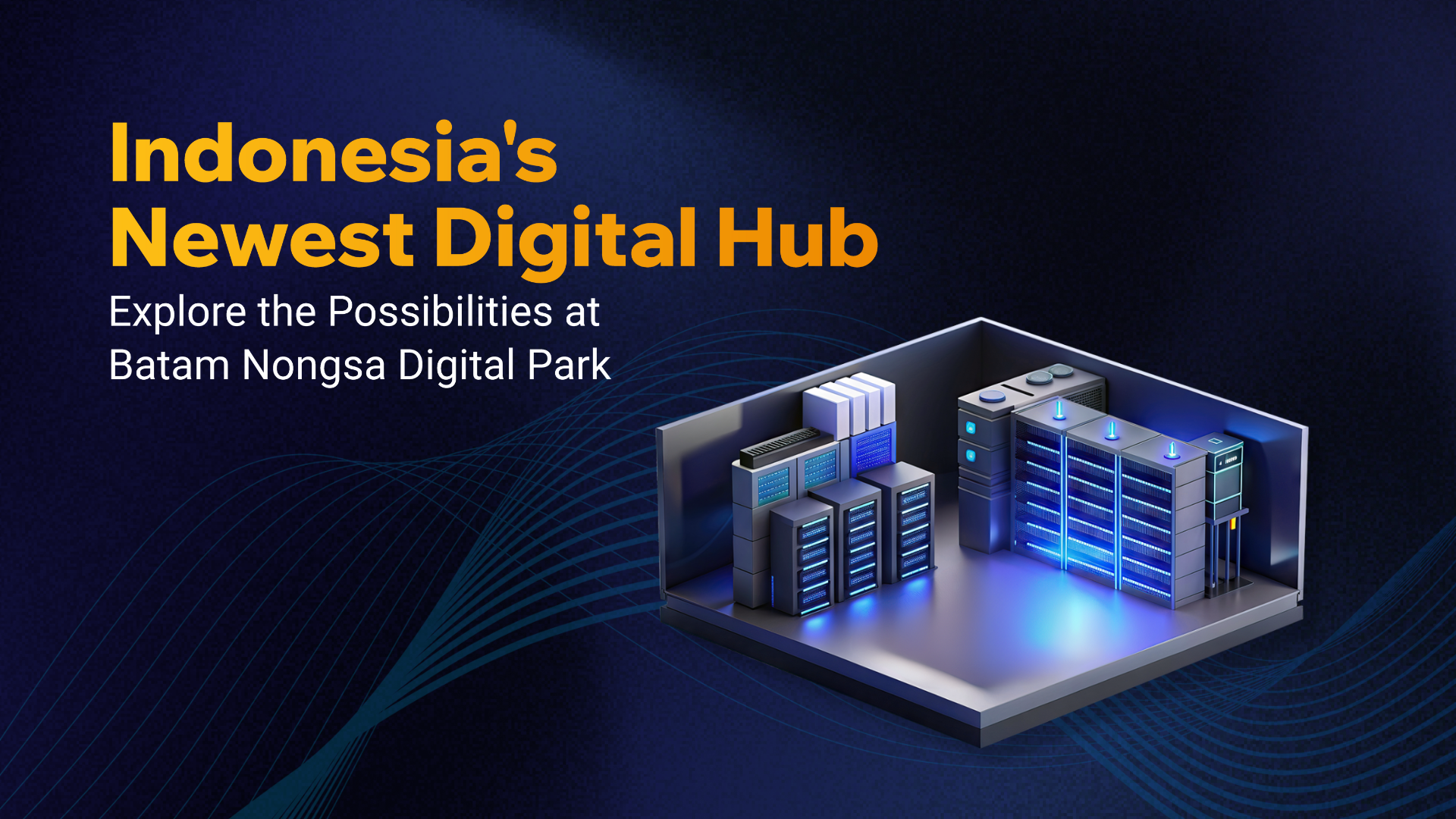
Indonesia’s Newest Digital Hub: Explore the Possibilities at Batam Nongsa Digital Park
Greetings, fellow tech enthusiasts and digital pioneers! Get ready to explorean exciting journey to the heart of Indonesia’s burgeoning digital landscape – Batam Nongsa Digital Park (NDP). This visionary project is poised to transform Batam into a thriving hub of technological innovation, connecting Indonesia with Singapore and the world at large. Imagine a place where tech companies and telecommunications giants converge, fostering a vibrant ecosystem of collaboration and growth. That’s precisely what NDP envisions – a melting pot of ideas and expertise where the future of technology is shaped. Why Batam? Well, the answer lies in its strategic location and the Indonesian government’s unwavering commitment to transforming the island into a digital powerhouse. Nestled on the northeastern tip of Batam, NDP enjoys close proximity to Singapore, a global center for technology and innovation. This proximity makes it an ideal destination for companies seeking to establish data centers in Indonesia, taking advantage of the island’s abundant resources and favorable business environment. A Government with Vision The Indonesian government recognizes the immense potential of Batam to become a major player in the global digital economy. That’s why they’re investing heavily in the island’s infrastructure, including road improvements, airport and port upgrades, and enhancements to service sectors. These investments are paving the way for a seamless and supportive environment where businesses can thrive. Your Gateway to a Digital Future Whether you’re a seasoned tech entrepreneur or a budding innovator, NDP offers a wealth of opportunities to make your mark on the digital world. Are you ready to be part of the digital revolution that’s sweeping across Indonesia and beyond? Then, NDP is the place for you! Contact us today to explore the endless possibilities that await you at Batam Nongsa Digital Park. Together, let’s build a connected future that benefits Indonesia and the world. Contact Us: https://www.dcconnectglobal.com/contact-us/ Author Biography: Rinesa Diola Audrina, Digital Marketing DCConnect Global www.dcconnectglobal.com


